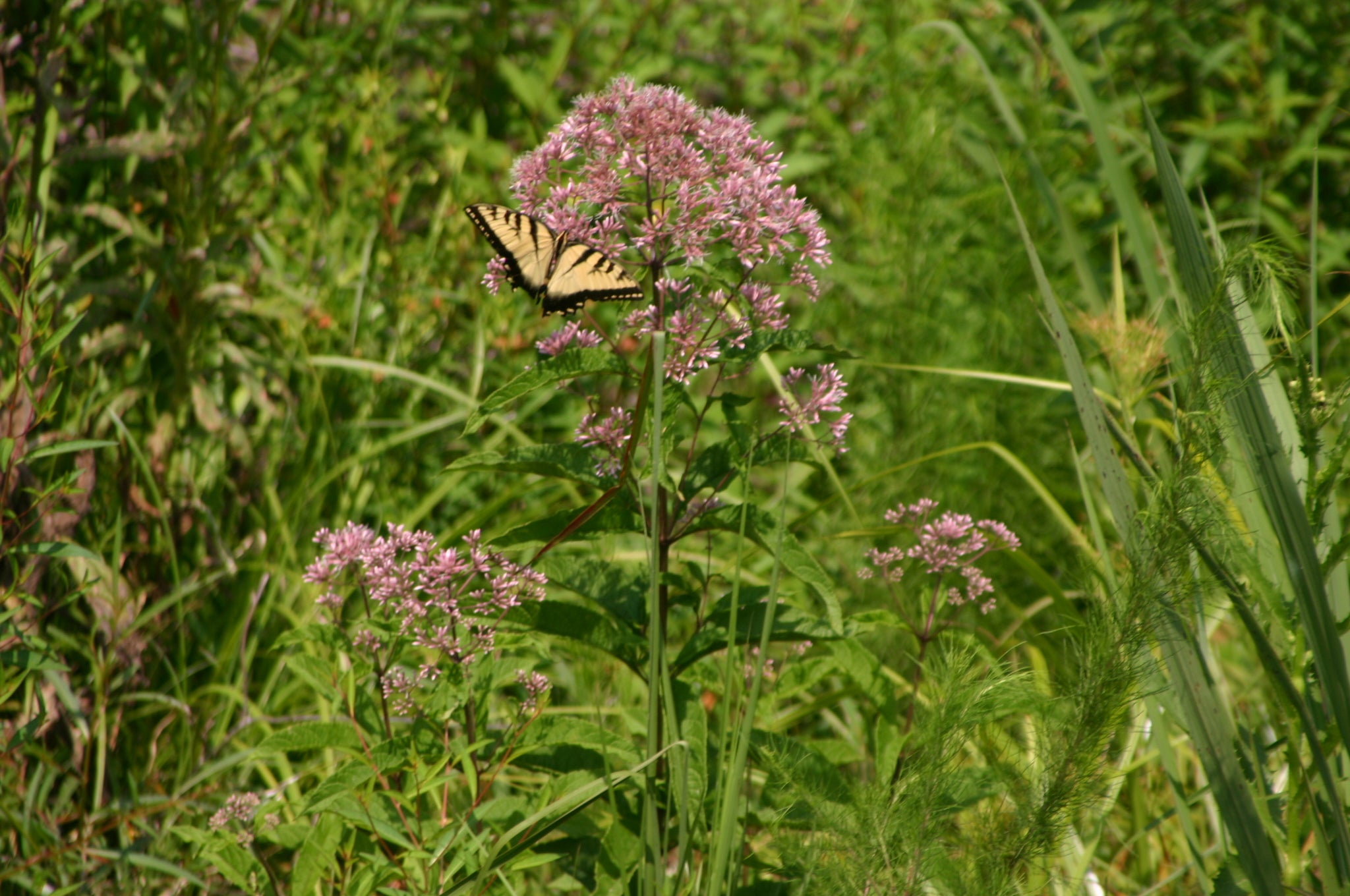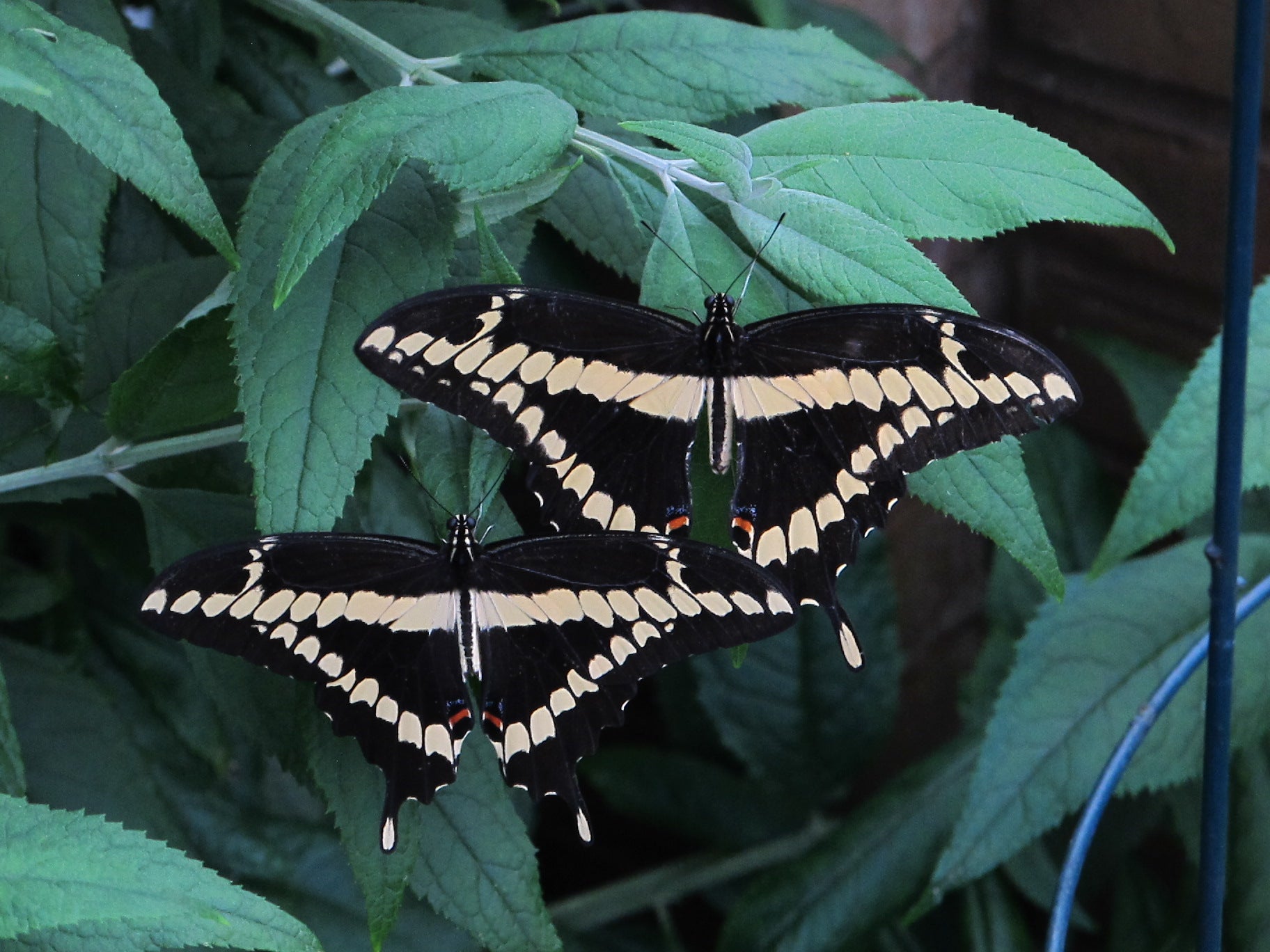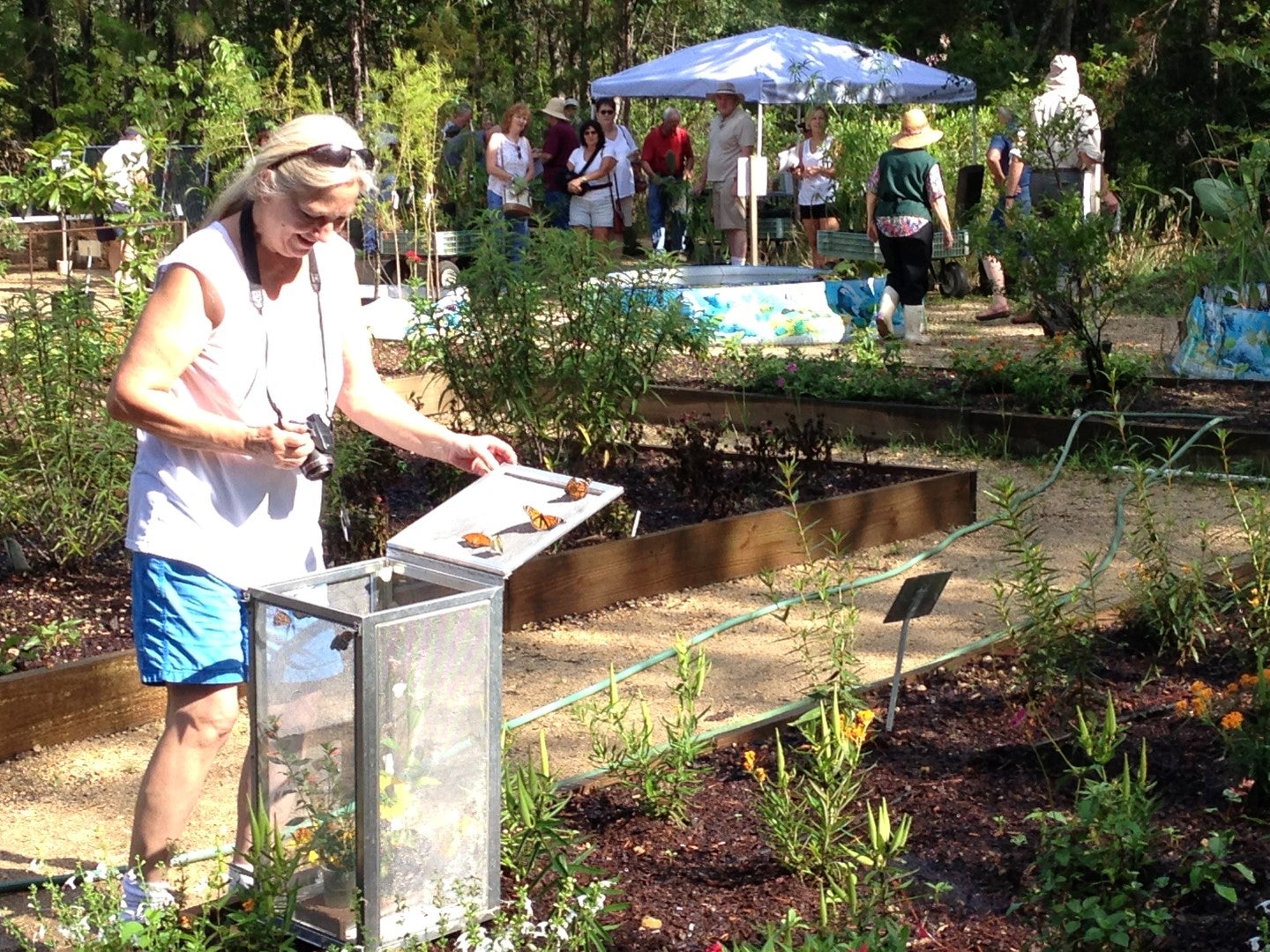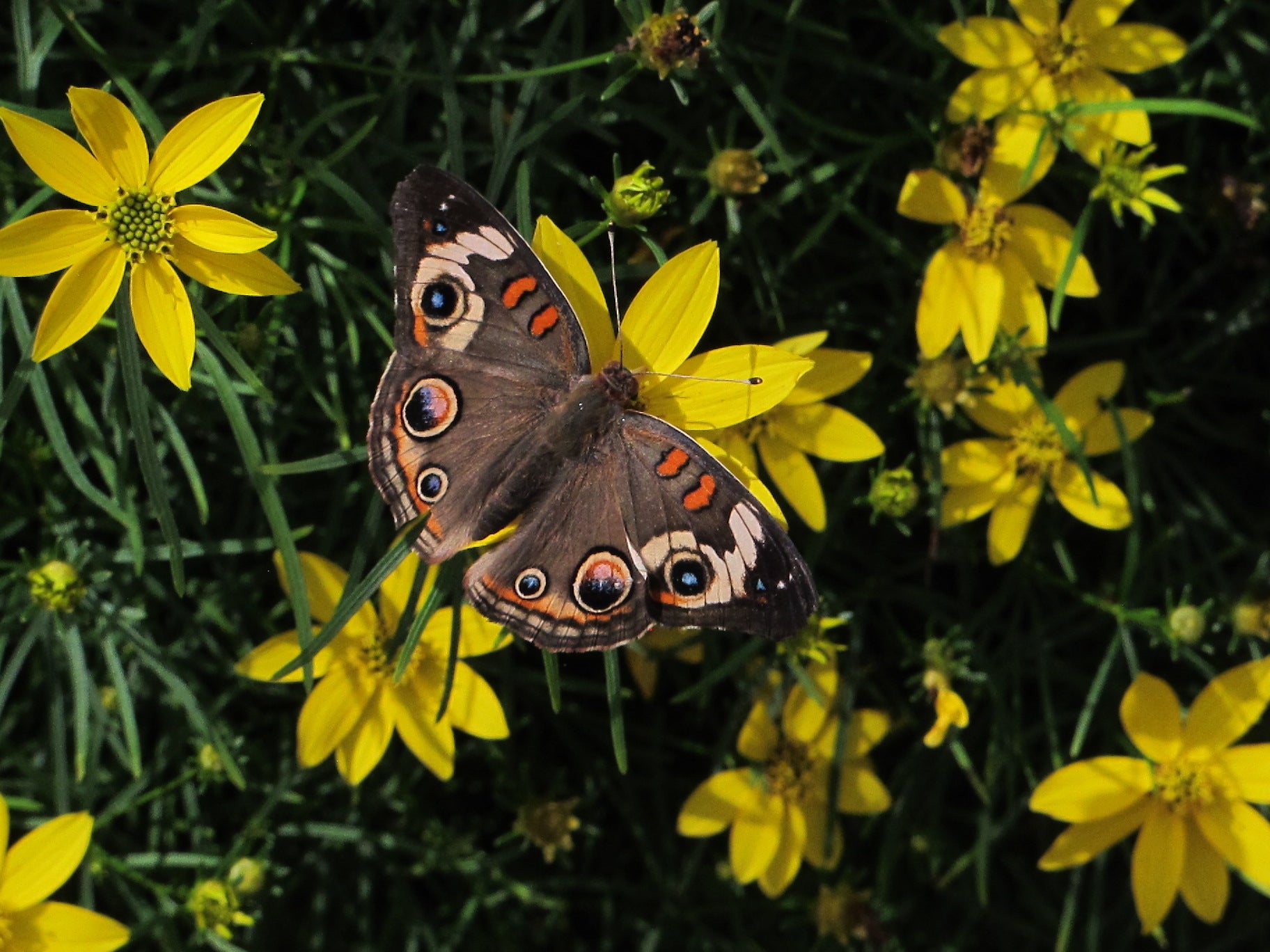The Crosby Arboretum’s South Pitcher Plant Bog: Come enjoy our butterflies!
Published 4:54 pm Sunday, September 12, 2021
By Patricia Drackett
Director of the Crosby Arboretum and
assistant extension professor of landscape architecture with the Mississippi State University Extension Service.
Now is the time to visit the Crosby Arboretum! See the incredible range of colors and patterns in our Savanna Exhibit, and especially in the south pitcher plant bog. This two-acre area is stuffed full of perennials in vivid hues, and clusters of pitcher plants that are developing tinges of scarlet and burgundy.
Stand at the edge of the Quaking Bog Educational Exhibit and look southward, and you will be treated to an amazing sight: hundreds of purple Liatris bloom spikes. This perennial is known as blazing star and is in glorious bloom, currently attracting a variety of butterflies to dance and dart among the flowers while looking for nectar. Why not take advantage of this great opportunity to learn how to identify butterflies found in Mississippi?
First, download the MSU Extension fact sheet No. 1661 called “Attracting Butterflies to Mississippi Gardens,” at http://extension.msstate.edu/. The publication includes helpful, research-based information to turn your yard into a haven for butterflies. The fact sheet gives a list of butterflies common to the state and includes a list of plant species that will attract the colorful insects to your garden. Butterflies require not only nectar plants such as milkweed, black-eyed Susan, Coreopsis, ironweed, clover, and purple coneflower, but their “host” plants. Host plants, for example, dill, parsley, and milkweed are the specific plants that butterflies will lay their eggs on. Once they hatch, the caterpillars will start to consume the plant.
When planning your butterfly garden, make sure to include both host and nectar plants, so that you will maximize the number of butterflies you will attract. Plant native milkweeds, and hopefully you will begin to spot the green chrysalises of monarch butterflies on nearby vegetation, or perhaps even the rung of a chair. It is impossible to predict where you may find them! Watch the chrysalises for when they begin to turn white and then clear, indicating the butterfly is about to split its chrysalis walls and unfold new wings.
Plants for attracting butterflies and other pollinating insects, as well as other needs for wildlife, can be found in MSU Extension publication no. 2402, “Establishing a Backyard Wildlife Habitat<https://www.google.com/url?q=http://extension.msstate.edu/sites/default/files/publications/publications/p2402_0.pdf&sa=U&ved=0ahUKEwjjoOjr8pbQAhVnzIMKHS87APoQFggIMAI&client=internal-uds-cse&usg=AFQjCNGXTdbMDXw-z0iQEcBU8jQxX9pGTA>”. On the Extension home page, you may enter titles of subjects in the search field to read or download information-packed documents.
Butterflies such as skippers and swallowtails are drawn to mud puddles, where they siphon up salt and minerals. You can attract butterflies to your garden by providing them with a “puddling pool”. Just fill a large plastic or terra cotta saucer with sand or gravel and keep it wet! If you water frequently or have an irrigation system, place the saucer where it will capture the water. As butterflies prefer to rest on flat, moist surfaces, you can add flat stones or bricks in your puddling pool.
One quick and easy way to attract butterflies to your garden doesn’t involve any gardening at all! Just whip up a “butterfly fruit cocktail – they will flock to your yard if offered them a platter of overripe and rotting fruit.
Create a mixture of fruit such as bananas, apples, cantaloupe, apples, mango, citrus, and strawberries, in a low dish or plate. If you already have a bird feeder, the type that hangs on a chain from a branch or hook, this is a wonderfully simple and practical way to “serve” the fruit mixture. Some butterfly fruit mush recipes call for pouring a fruity flavored, mineral-rich sports drink over the mixture. This is especially attractive to the insects!
Butterflies will take shelter from the wind and rain, and roost at night, in shrubs. You can provide additional shelter for them by creating a brush pile in a corner of your garden. Other butterfly-friendly garden items are flat rocks where they can bask in the sun on cool mornings, wet muddy areas, and shallow water sources such as a saucer filled with pebbles and water.
At the Arboretum, you may see the eastern black and giant swallowtails, Gulf fritillaries, monarchs, common buckeyes, and many species of sulphurs and skippers. See the Extension butterfly publication mentioned previously for useful online sites such as Butterflies and Moths of North America (https://www.butterfliesandmoths.org/).
Join us for a fall field walk on Saturday, September 18 from 10:00 to 11:00 a.m. to explore the fall blooms. The program is free for members and $7 for non-members. Sign up now for “Common Butterflies to Mississippi and their Host Plants” with Pearl River County Coordinator and Extension Agent Dr. Eddie Smith on Friday, October 16 from 10:00 to 11:00 a.m., free to Arboretum members and $5 for non-members. Reservations are required. Please call the office at 601-799-2311 to sign up. For more information see www.crosbyarboretum.msstate.edu<http://www.crosbyarboretum.msstate.edu>.








